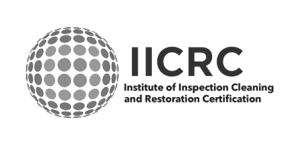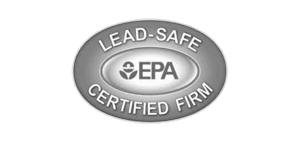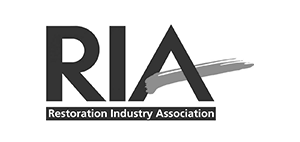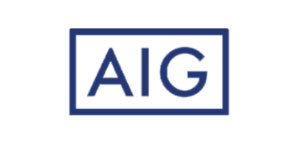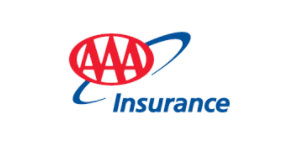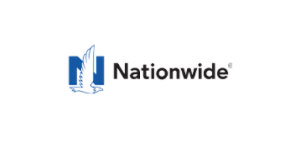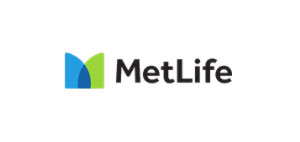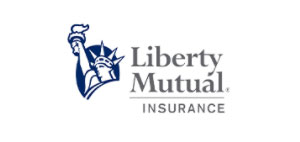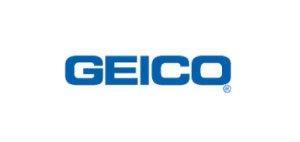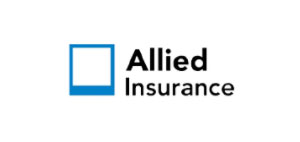Did you know that over two million sewage-related illnesses happen every year? This is because sewage contains toxic viruses and bacteria. These pose big health risks to people and animals.
The number of sewage backup incidents is going up by about three percent each year. It’s very important to know how bad these events can be.
Having a sewage backup in your home is very dangerous. It can make you and your family sick. You might need to leave your home right away because of the harmful stuff in the sewage.
The damage to your home can be huge. It can cause mold to grow and weaken your home’s foundation. This can make breathing problems worse and make your home less safe and livable.
Experts, like Distinctive Restoration, say it’s key to clean up fast to make your home safe again. The EPA suggests using a mix of chlorine bleach and water to clean contaminated areas. This can help prevent serious illnesses from sewage contaminants.
Key Takeaways
- Over two million sewage-related illnesses occur annually, highlighting the severe health risks associated with sewage backup.
- Sewage backup incidents are rising by around three percent each year.
- Immediate evacuation is often recommended due to contamination from bacteria, viruses, and toxic gases.
- Sewage backup property damage can promote mold growth and weaken foundational elements.
- Experts emphasize rapid professional cleanup and proper sanitation to restore safety.
Understanding the Health Risks of Sewage Backup
Sewage backups pose serious health risks. They contain harmful bacteria, viruses, and chemicals. These can cause severe health problems.
Exposure to harmful pathogens like E. coli and Salmonella can lead to serious illnesses. These include gastrointestinal issues and respiratory problems. It’s especially dangerous for the elderly, children, and those with weak immune systems.
It’s important to know how to control sewage backup contamination. Improper waste disposal, like flushing wipes, can cause backups. Heavy rainfall and old sewer lines also play a role. Quick and thorough cleanup is key to a safe home after a backup.
- Sewage-contaminated water can lead to severe gastrointestinal diseases and respiratory problems.
- Harmful pathogens such as E. coli, Salmonella, and Hepatitis A are commonly found in backed-up sewage.
- Exposure can result in allergic reactions, skin infections, and eye infections.
- Long-term exposure can cause chronic health issues and structural damage to buildings.
- Tree root intrusion and improper waste disposal contribute significantly to sewage backup occurrences.
- Professional cleanup and quick action are essential to manage sewage backup health hazards and contamination control effectively.
In summary, knowing the health risks of sewage backup is vital. It helps manage contamination and keeps people safe. Quick action and professional help are crucial for health and safety.
Is it Safe to Live in a House After Sewage Backup?
Living in a house after a sewage backup can be risky. It depends on how contaminated the area is and how well it’s cleaned. Getting professional help right away is key to avoid health problems.
Experts use special tools to clean up. They get rid of harmful germs and make sure the area is safe.
There are serious health risks from sewage backup. Bacteria and viruses like E. Coli and Salmonella can cause stomach problems and skin infections. People who are sick or old are more at risk.
Also, gases from sewage can hurt your breathing and eyes. These gases can even cause long-term health issues.
It’s important to take precautions when dealing with sewage backup. Trying to clean it up yourself might not get rid of all the germs. Instead, hiring professionals ensures everything is properly cleaned and dried.
This prevents mold and damage to your home. The American Society of Civil Engineers says fixing wastewater systems is crucial. Regular checks and maintenance can help avoid future backups.
In short, it’s best to get professional help after a sewage backup. This keeps your home safe and healthy. It also protects you from long-term health and structural problems.
Conclusion
Living in a house after a sewage backup can be safe if professionals clean and sanitize it well. It’s important to know the health risks, as over two million Americans get sick from sewage each year. Heavy rain and old infrastructure make it worse, so regular plumbing checks are key.
Installing backwater valves can help prevent sewage from getting into homes. Spotting problems early, like tree roots in sewer lines, can also help. If sewage floods, getting out fast and avoiding the water is crucial.
Getting help from experts in the Inland Empire is essential for dealing with sewage backups. They use special tools and follow strict rules to clean up safely. In short, while it’s possible to live in a home after a sewage backup, it needs careful cleaning and prevention to stay safe.



